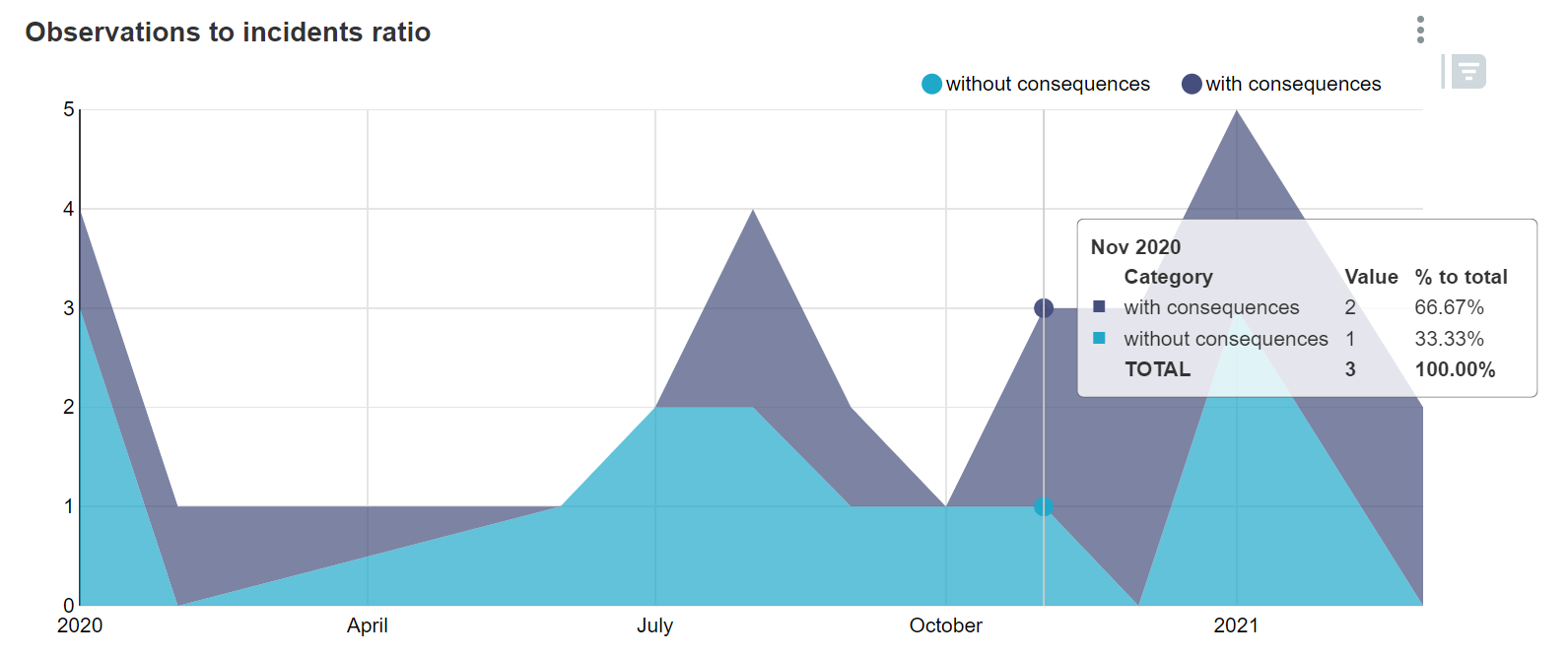15 minutes06/25/2021
Key performance indicators (KPIs) play an important role when measuring the success of occupational health and safety. Companies usually handle large volumes of valuable data, particularly in relation to incident management, which you can translate into meaningful KPIs. These indicators provide valuable insights into whether you should implement safety precautions, and if so, how and where. In addition, well-structured KPIs support your argumentation and reasoning when in dialog with management and executives.
The table below shows commonly collected incident management data that can be used as KPIs. The right-hand column contains example values from Controbax Ltd which we will use in sample calculations a little later on.
Incident management data | Controbax Ltd, February 2021 |
Total accidents | 7 |
Lost-time injury (LTI) | 6 |
Injury without lost time | 1 |
Lost workdays due to injury | 54 |
Lost working hours due to injury | 426 |
Near-misses | 20 |
Proactive observations (e.g. safe behavior according to Behavior-Based Safety) | 73 |
Number of reporting persons | 35 |
In many cases, this data is more meaningful and allows for greater comparability when it is placed in relation to another figure (e.g. total hours worked) and standardized where necessary. As a result, the calculations for many KPIs based on incident management data are based on this basic structure:
KPI = Incident management data ÷ Reference value x Standardization factor
We therefore also need some reference values to calculate incident management KPIs. Examples include:
Reference value | Controbax Ltd, February 2021 |
Normal workdays | 20 |
Workers | 342 |
Normal working hours | 49,248 |
Normal working hours worked | 47,842 |
Overtime hours worked | 2,312 |
Total hours worked | 50,228 |
Lost workdays | 185 |
Lost working hours | 1,406 |











